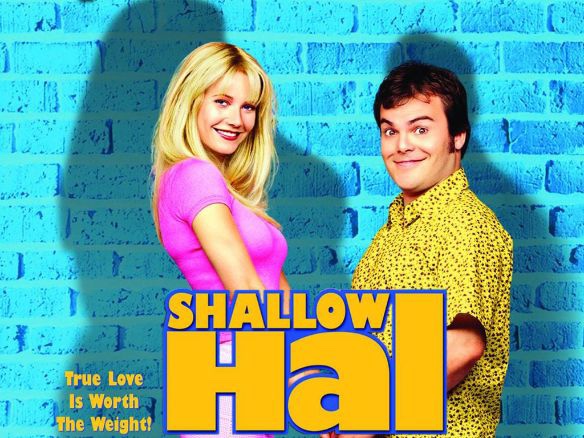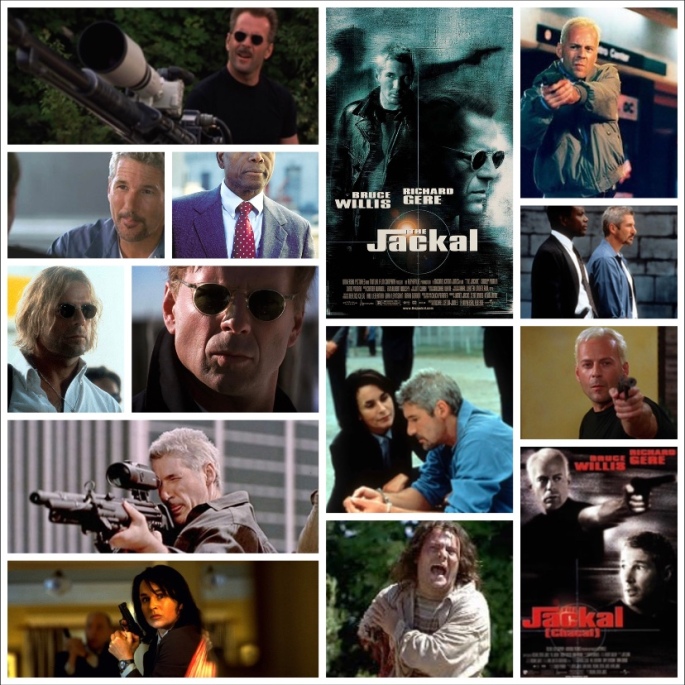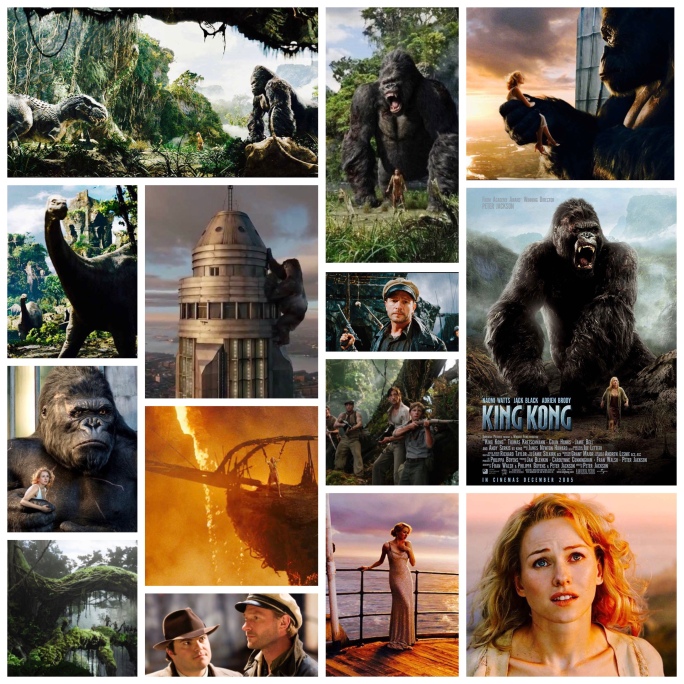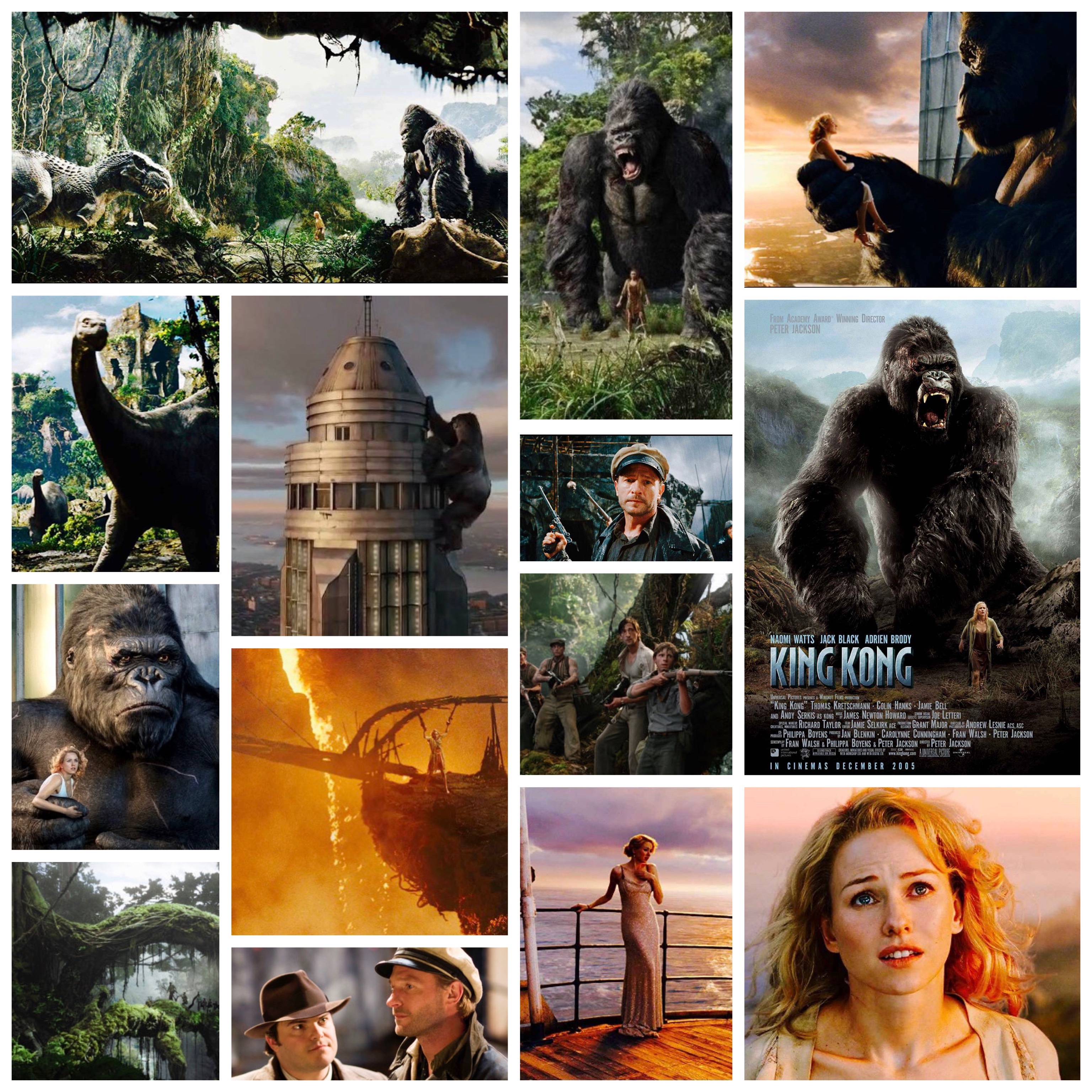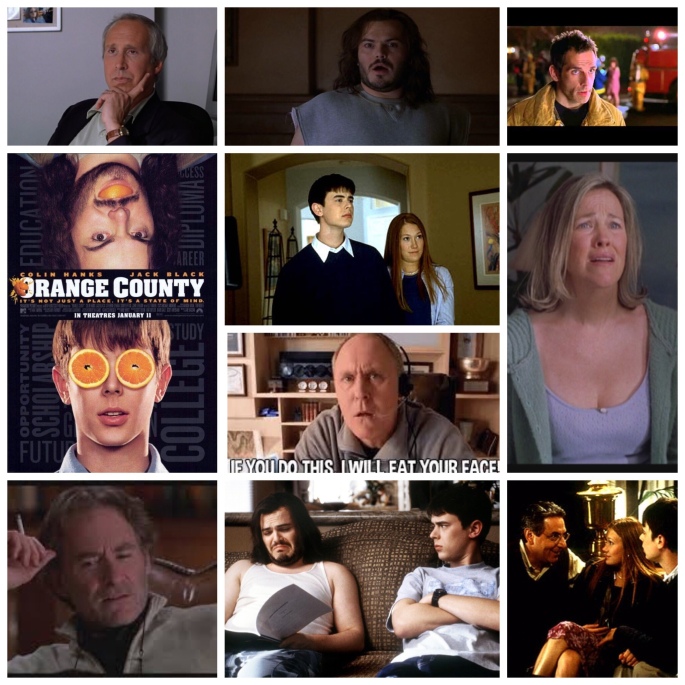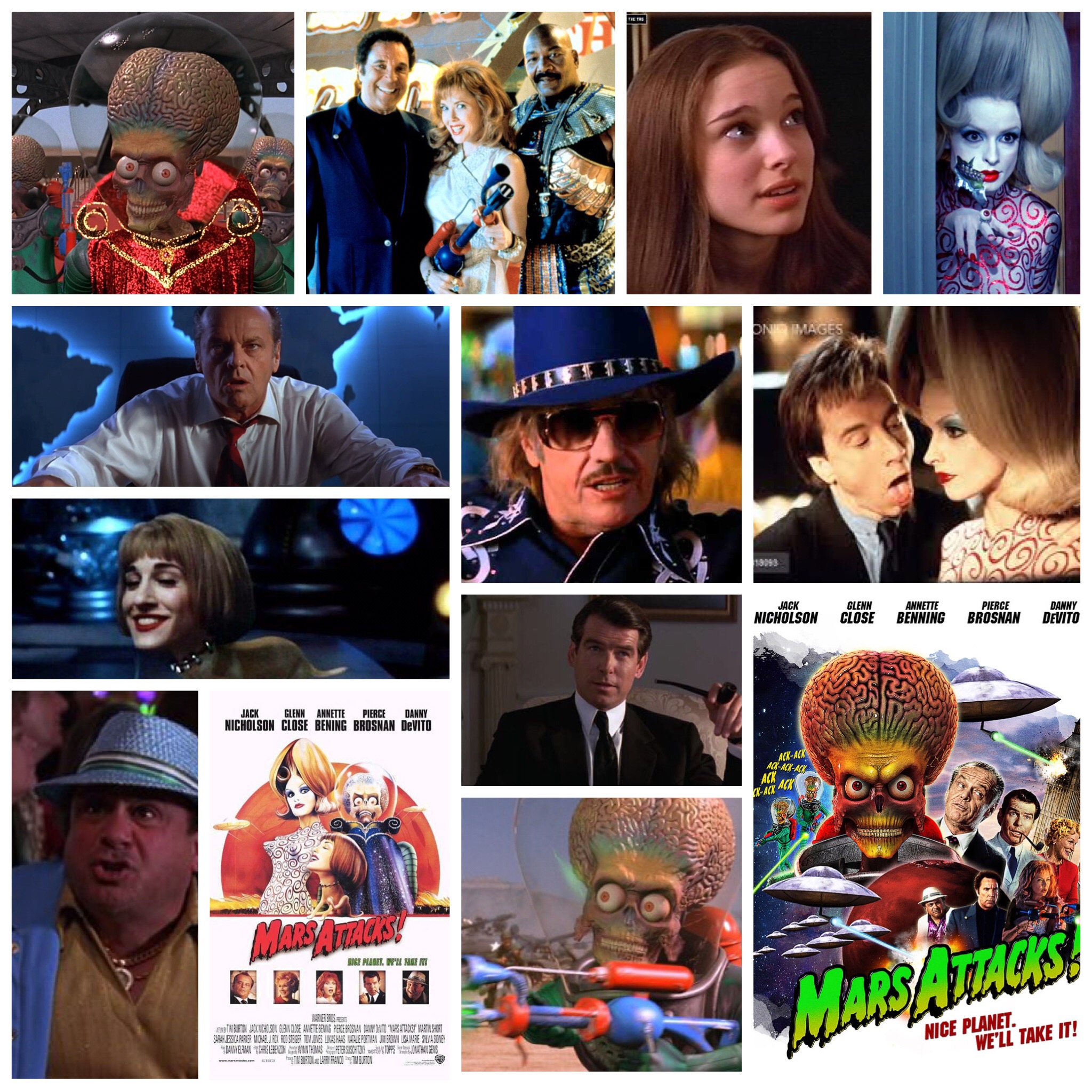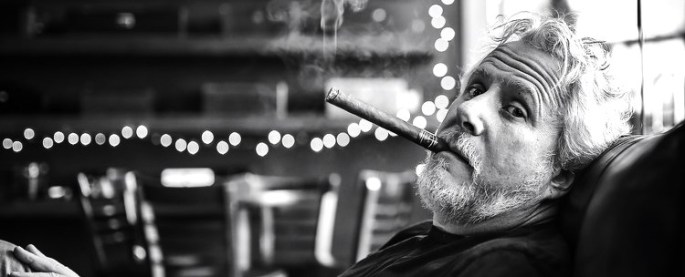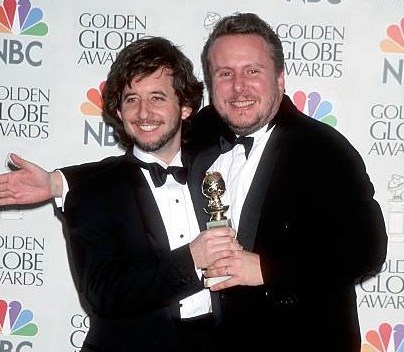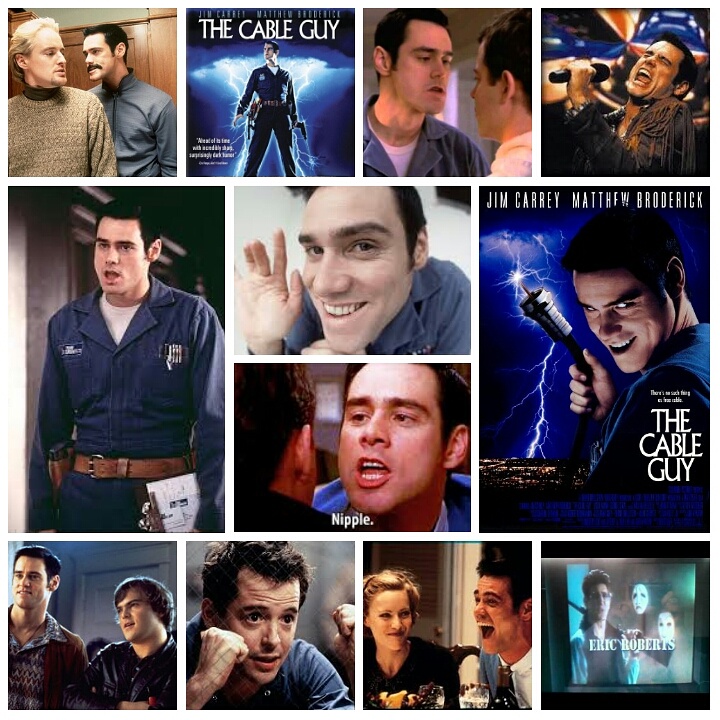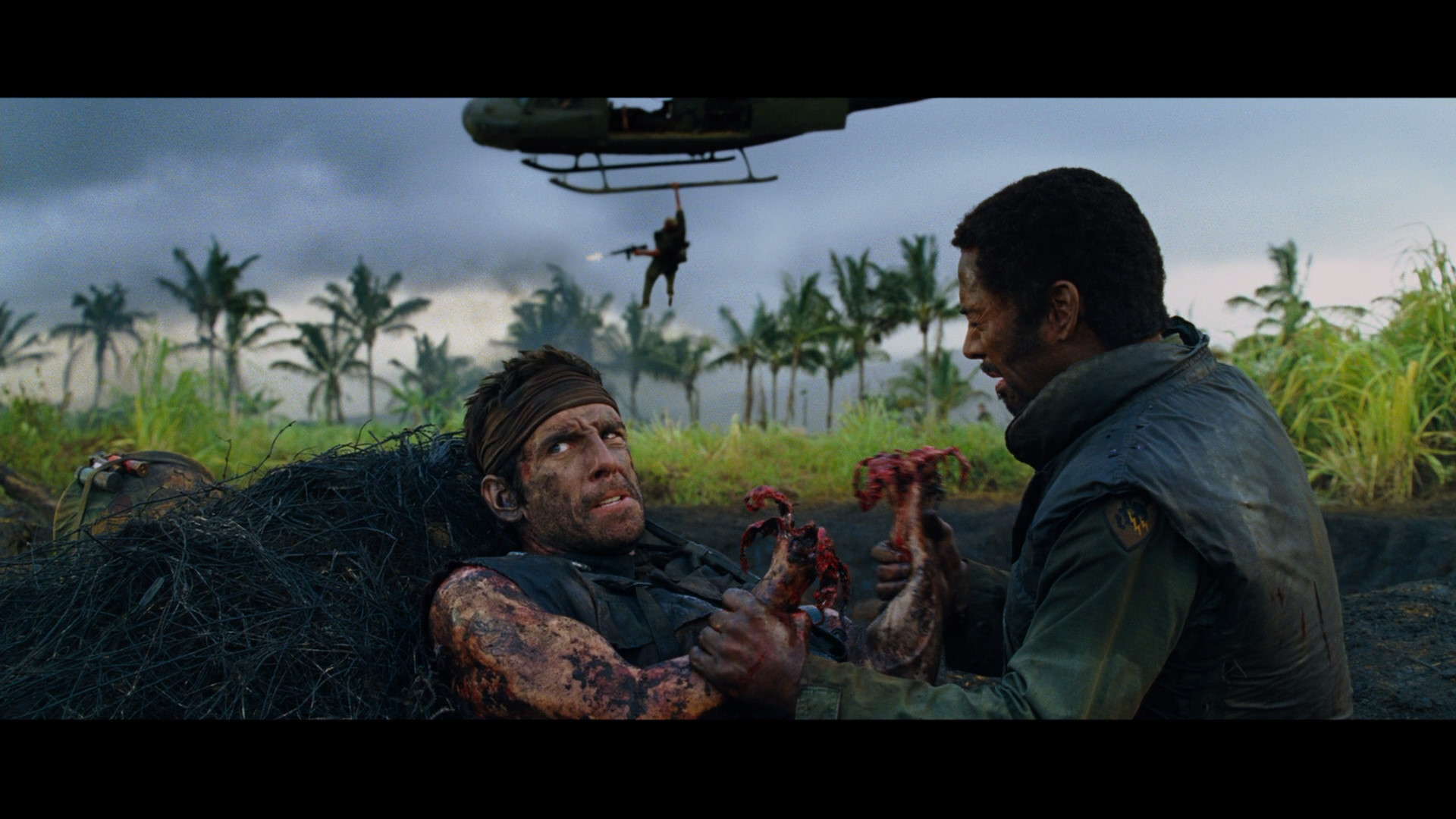
Have you ever spent hours organizing your record collection in chronological order and by genre? Have you ever had heated debates with your friends about the merits of a band who lost one of its founding members? Or argued about your top five favorite B-sides? If so, chances are you will love High Fidelity (2000), a film for and about characters obsessed with their favorite bands and music. What Free Enterprise (1999) did for film geeks; High Fidelity does for music geeks. Based on the British novel of the same name by Nick Hornby, it is a film made by and for the kind of people who collect vintage vinyl and read musician and band biographies in their spare time yet is still accessible to people who like smart, witty romantic comedies.
Rob Gordon (John Cusack) is an obsessed music junkie who owns a record store called Championship Vinyl. He has just broken up with Laura (Iben Hjejle), a long-time girlfriend and the latest in a countless string of failed relationships. Rob addresses the audience directly throughout the film (just like Woody Allen did in his 1977 film, Annie Hall) about this latest break-up and how his top five break-ups of all-time inform his most recent one. It’s a great way for Rob to try and come to terms with his shortcomings and the reasons why his past relationships did not work out. He is talking directly to us and in doing so we relate to him and his dilemma a lot easier. And so, he goes on a quest to find out why, as he puts it, “is doomed to be left, doomed to be rejected,” by revisiting his worst break-ups. The purpose of this trip down memory lane is an attempt to understand his most recent falling out with Laura.
Along the way we meet a colorful assortment of characters, from his past girlfriends (that includes the diverse likes of Lili Taylor and Catherine Zeta-Jones) to his co-workers at Championship Vinyl (Jack Black and Todd Louiso). They really flesh out the film to such a degree that I felt like I was seeing aspects of my friends and myself in these characters. Being a self-confessed obsessive type when it comes to film and music, I could easily relate to these people and their problems. And that’s why High Fidelity works so well for me. The extremely funny and wryly observant script by D.V. DeVincentis, Steve Pink, and John Cusack (the same team behind the excellent Grosse Pointe Blank) not only zeroes in on what it is to love something so passionately but why other things (like relationships) often take a backseat as a result. A girlfriend might not always be there for you, but your favorite album or film will. A song will never judge you or walk out on you and there is a kind of comfort in that.
The screenplay also makes some fantastic observations on how men view love and relationships. Throughout the film Cusack’s character delivers several monologues to us about his thoughts on past love affairs, one of my favorite being the top five things he liked about Laura. It’s a touching, hopelessly romantic speech that reminded me a lot of Woody Allen’s list of things to live for in Manhattan (1979). Usually, this technique almost never works (see Kuffs) because it often comes across as being too cute and self-aware for its own good but in High Fidelity it works because Cusack uses it as a kind of confessional as Rob sorts out his feelings for Laura and sorts through past relationships and how they led him to her.
The screenplay works so well because not only is it well written but it is brought to life by a solid ensemble cast. The role of Rob Gordon is clearly tailor-made for John Cusack. Rob contains all the trademarks of the kinds of characters the actor is known for: the cynical, self-deprecating humor, the love of 1980s music, and the inability to commit to the woman of his dreams. Even though High Fidelity is not directed by Cusack, like Grosse Pointe Blank, it is clearly his film, right down to the casting of friends in front of and behind the camera (i.e. actors Tim Robbins, Lili Taylor, his sister Joan, and screenwriters, D.V. DeVincentis and Steve Pink). Along with Say Anything (1989), this is Cusack’s finest performance. I like that he isn’t afraid to play Rob as a hurtful jerk afraid of commitment despite being surrounded by strong women, like his mother who chastises him for breaking up Laura, and his sister Liz (Joan Cusack) who is supportive at first until she finds out why he and Laura really broke up. Rob had an affair with someone else while Laura was pregnant and as a result she got an abortion. This horrible act runs the risk of alienating Rob from the audience but Cusack’s natural charisma keeps us hanging in there to see if Rob can redeem himself.
All of the scenes that take place in the record store are some of the most entertaining and funniest moments in the film, from Rob listing off his top five side one, track ones, to Barry schooling an Echo and the Bunnymen fan on The Jesus and Mary Chain, to Rob fantasizing about beating the shit out of Laura’s new boyfriend Ian (Tim Robbins) when he shows up one day to clear the air. These scenes showcase the excellent comic timing of Cusack and his co-stars, Jack Black and Todd Louiso. The interplay between their characters instantly conveys that they’ve known each other for years by the way they banter and bicker.
Louiso’s Dick is a shy, introverted guy that you can imagine listening to Belle and Sebastian religiously, while Black’s Barry is a rude, annoying blowhard who says everything you wish you could actually say in public. It’s a flashy, scene-stealing role that Black does to perfection, whether it is discussing the merits of Evil Dead II’s soundtrack with Rob or doing a spot-on cover of Marvin Gaye’s “Let’s Get It On” for the launch of Rob’s record label. And yet, Barry isn’t overused and only appears at the right moments and for maximum comic effect. His sparing usage in High Fidelity made me want to see more of him, which is why he works so well. However, Louiso, with his quiet, bashful take on Dick, is the film’s secret weapon. The scene where he tells a customer (Sara Gilbert) about Green Day’s two primary influences which is a nice example of the understatement he brings to the role.
The casting of Danish actress Iben Hjejle is an atypical choice but one that works because she brings an emotional strength and an intelligence to a character that is largely absent from a lot of female romantic leads. She’s not traditionally beautiful, like Catherine Zeta-Jones, who plays one of Rob’s ex-girlfriends, Charlie Nicholson. Sure, Charlie is drop-dead gorgeous but her personality is so off-putting that any kind of deep, meaningful relationship would be impossible. Laura is so much more than that. While Rob refuses to change and to think about the future, Laura is more adaptable, changing jobs to one that she actually enjoys doing even if it means she can’t have her hair dyed some exotic color. Laura is easily Rob’s intellectual equal, if not smarter, and the voice of reason as well as having no problem calling him on his shit.
Nick Hornby’s book was optioned by Disney’s Touchstone division in 1995 where it went into development for the next three years. Disney boss Joe Roth had a conversation with recording executive Kathy Nelson who recommended John Cusack (whom she had worked with on Grosse Pointe Blank) and his screenwriting and producing partners D.V. DeVincentis and Steve Pink adapt the book. They wrote a treatment that was immediately green-lit by Roth. In adapting the book into a screenplay, Cusack found that the greatest challenge was pulling off Rob’s frequent breaking of the fourth wall and talking directly to the audience. They did this to convey Rob’s inner confessional thoughts and were influenced by a similar technique in Alfie (1966). However, Cusack initially rejected this approach because he thought, “there’d just be too much of me.” Once director Stephen Frears came on board, he suggested utilizing this approach and Cusack and his writing partners decided to go for it.
The writers decided to change the book’s setting from London to Chicago because they were more familiar with the city and it also had a “great alternative music scene,” said Pink. Not to mention, both he and Cusack were from the city. I like how they shot so much of the film on location, making the city like another character and even including visual references to local record labels like Touch & Go and Wax Trax! Another challenge they faced was figuring out which songs would go where in High Fidelity because Rob, Dick and Barry “are such musical snobs.” Cusack, DeVincentis and Pink listened to 2,000 songs and picked a staggering 70 cues for the film. DeVincentis was the record-collection obsessive among the writers with 1,000 vinyl records in his collection and thousands of CDs and cassettes. They also thought of the idea to have Rob have a conversation with Bruce Springsteen in his head, never thinking they’d actually get him to be in the film but that putting him in the script would get the studio excited about it. They were inspired by a reference in Hornby’s book where the narrator wishes he could handle his past girlfriends as well as Springsteen does in the song, “Bobby Jean” on Born in the USA. Cusack knew the Boss socially, called the musician and pitched the idea. Springsteen asked for a copy of the script and after reading it, agreed to do the film.
High Fidelity is now a historical document thanks to the rise of iTunes and the subsequent demise of brick and mortar record stores. The film is a tribute to these places where one could spend hours sifting through bins of vinyl records and used CDs, looking for that forgotten gem or a rare deal on something you were looking for. I’m not talking about places like Tower Records or Virgin Megastore but those cool, local stores that catered to obsessive collectors. This film is a love letter and a eulogy to these stores. It’s scary to think that it’s only been more than ten years since High Fidelity came out and indie record stores are almost an extinct breed, except for the ones hanging on in big cities. Even though the world and the characters in High Fidelity are unashamedly of a rarified type: the obsessive music geek or elitist, which some people may have trouble relating to, the film’s conclusion suggests that there is much more to life than one’s all-consuming passion for these things. It also helps to be passionate about someone. And that message is delivered in a refreshingly honest and cliché-free fashion as it provides what is ultimately the humanist core of High Fidelity.

